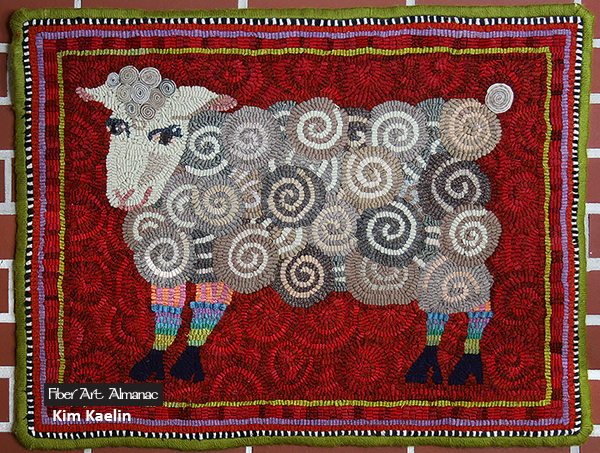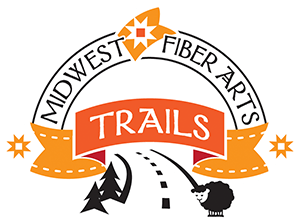
The concept of designing rug patterns and of using new materials designed specifically for rug hooking gained popularity in the early 1930’s from efforts by American Pearl McGowan. Pearl set skills standards for technique and formalized its teaching methods. These standards were drawn up in accordance to earlier guidelines established in 1916 by Lady Anne Grenfell. The efforts proved successful and rug hooking gained popularity and didn’t die out. It’s interesting to note that the use of cut wool strips was also introduced by Pearl McGowan. Trimmed edges aided the ability to use more intricate color shading with narrower strips of fabric.
Today, there are two major styles of rug hooking that relate primarily to the width of the strip of fabric. The wider strips fall into the primitive style with less color shading and simpler geometric designs. Fine hooking uses the narrower strips. Wool dyers have also opened the door to a wide range of color variations with over-dyes, gradation and across the color spectrum from super bright acid dyed wool to muted traditional folk art colors. There are unlimited options.
The featured rug is called “Curley” and was designed by Melissa Elliot of Main Street Rugs. It was hooked by Kim Kaelin.
